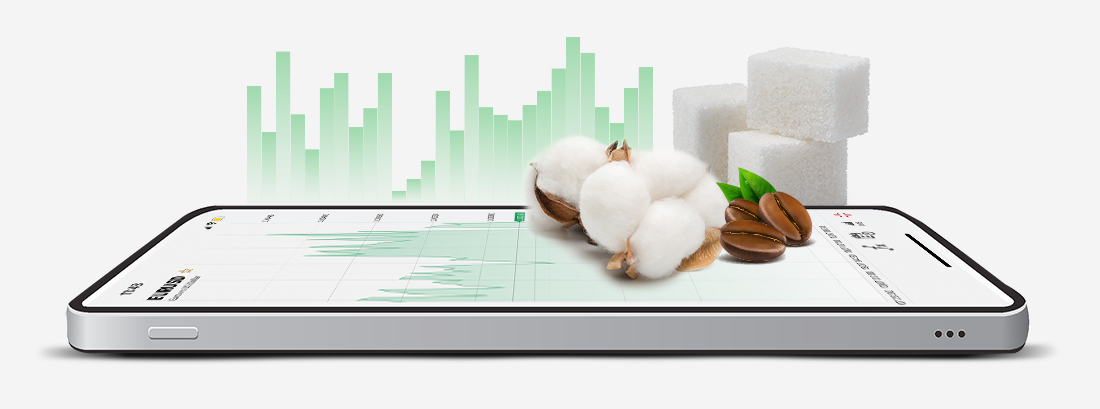Both soft and hard Commodities, such as cocoa, coffee and copper, can be used as standalone trading opportunities or to complement a diversified portfolio. Capitalize on the rising and falling prices of these assets with CFDs and the best trading conditions in the industry offered by HFM.

Ultra-fast execution
Trade on both rising and falling prices
At HFM, you can trade CFDs on soft and hard commodities with leverage and ultra-fast execution.
You can choose between the MT4 and MT5 platforms and the HFM App to start trading CFDs on Commodities.
Access a wide range of desktop, web and mobile Trading Platforms including the HFM platform, MetaTrader 4 and MetaTrader 5.
Firstly, learn about the different types of commodities that are traded and their market dynamics. This can include reading industry reports, following commodity prices, and understanding supply and demand factors. Then, open an HFM Live or Demo trading account and choose your platform, strategy and trading opportunity. Open your position and monitor.
The price of commodities is influenced by a wide range of factors, including:
The most traded commodities in the world include:
At HFM, we offer multiple account types to suit the specific requirements of different traders. Whatever your trading strategy, level of funding or appetite for risk, there is an account to match your needs. Please, check our Accounts Page for more information.